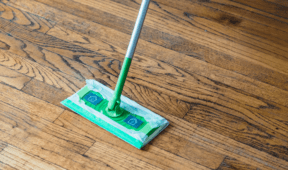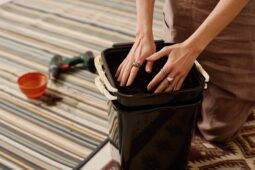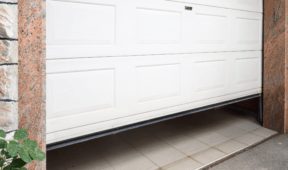Pest Prevention Tips That Will Stop Bugs From Ever Showing Up
Pests have a way of showing up when you least expect them. One day everything seems fine, and the next, you’re dealing with ants in the kitchen, spiders in the bathroom, or worse. The best way to really handle pests isn’t after they arrive, it’s before. With the right habits and a few easy changes, you can make your home less welcoming to all the creepy crawlers and see first-hand how well preventative measures work.
Look In Corners
We tend to clean what we see most often, but pests prefer to nest in the more forgotten, undisturbed corners of your home. Think behind large appliances, under furniture, along baseboards, or behind curtains. Make it a habit every few months (or more often) to check and clean these spots so you break up trails and discouraging pests from coming back.
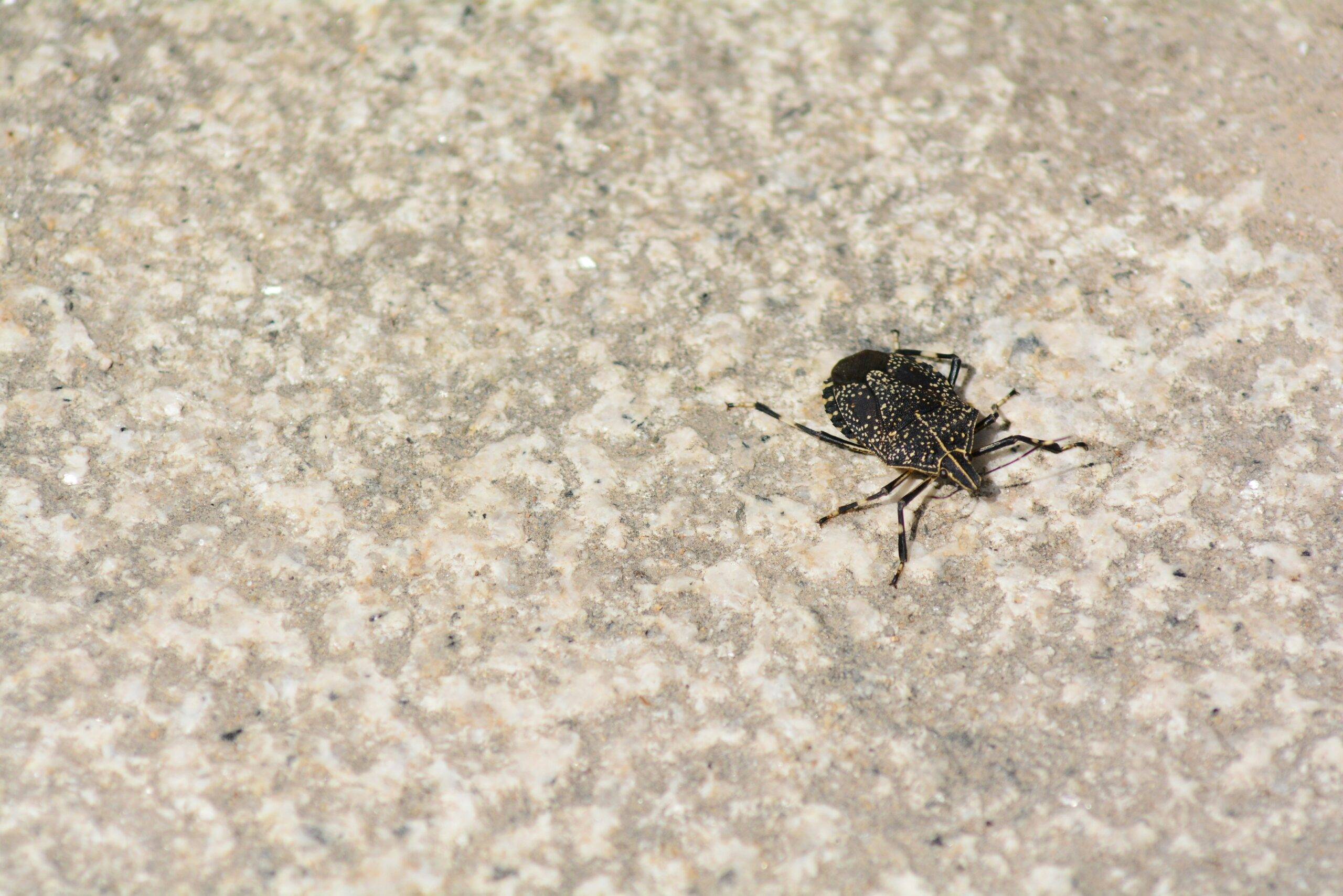
Encourage Natural Light
Most pests thrive in dark, moist, and closed-up spaces. Garages, basements, and storage rooms are all favorite for these reasons. Letting in natural light during the day, even for just a few hours, can discourage them from settling in. Open curtains, crack a window, let the air move around. Sunlight also reduces humidity, which is also important for keeping bugs at bay.
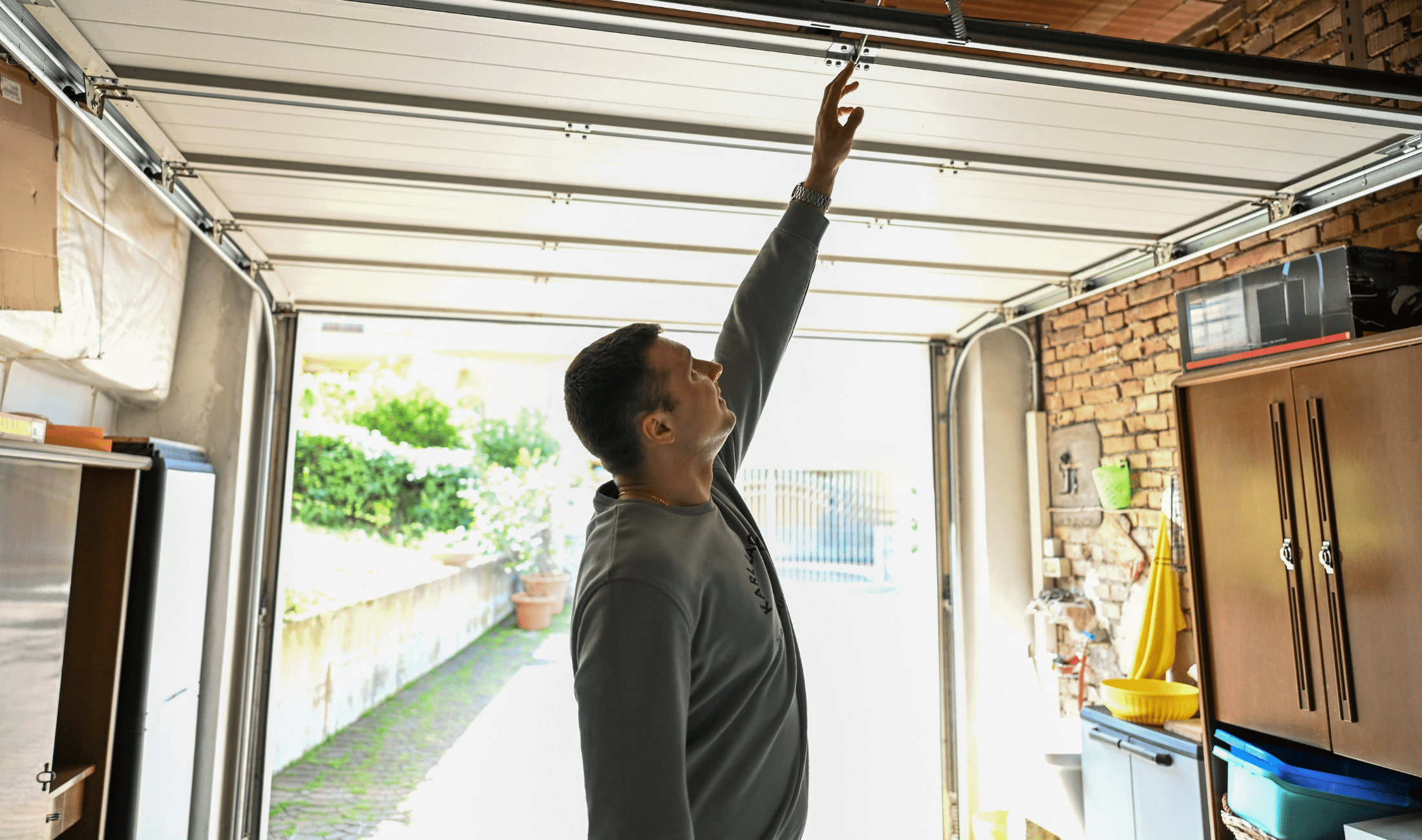
Rearrange A Little
Staying ahead of pests doesn’t mean you have to deep clean every week, you just have to interrupt their patterns. Moving one piece of furniture, one stack of boxes, or one outdoor bin once a month can do just that. Pests rely on quiet, steady places, so by changing your layout even a little bit every so often, you disrupt their safe nesting areas and they’ll move on somewhere else.

Watch After the Rain
Pest problems often follow changes in the weather. Ants, for example, become active right after rain because their nests can flood. After any rainfall, take a few minutes to check potential insect entrances, especially near windows and foundation edges. Look for trails, small entry points, or movement. Spotting them early means you’re more likely to put a stop to them before they become a bigger problem.
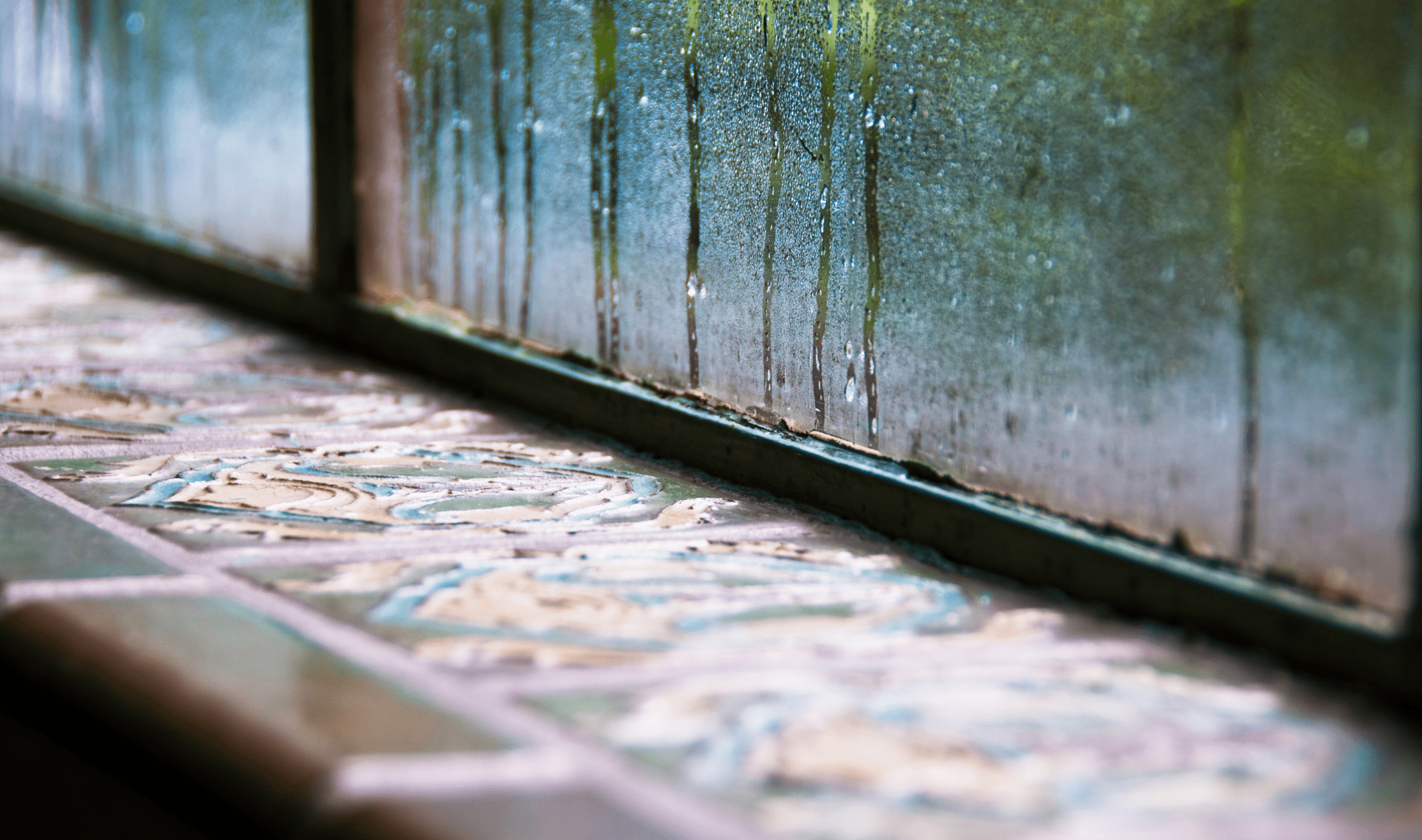
Change Your Outdoor Lighting
Outdoor lighting greatly affects how many insects gather near your home at night. Warm lights and bright bulbs attract more bugs, which in turn attract spiders and other predators. If you can, use motion-sensor lights or swap to yellow-toned LEDs, which are less attractive to bugs. Less attraction means fewer pests hovering by your entry points waiting for a chance to get in.
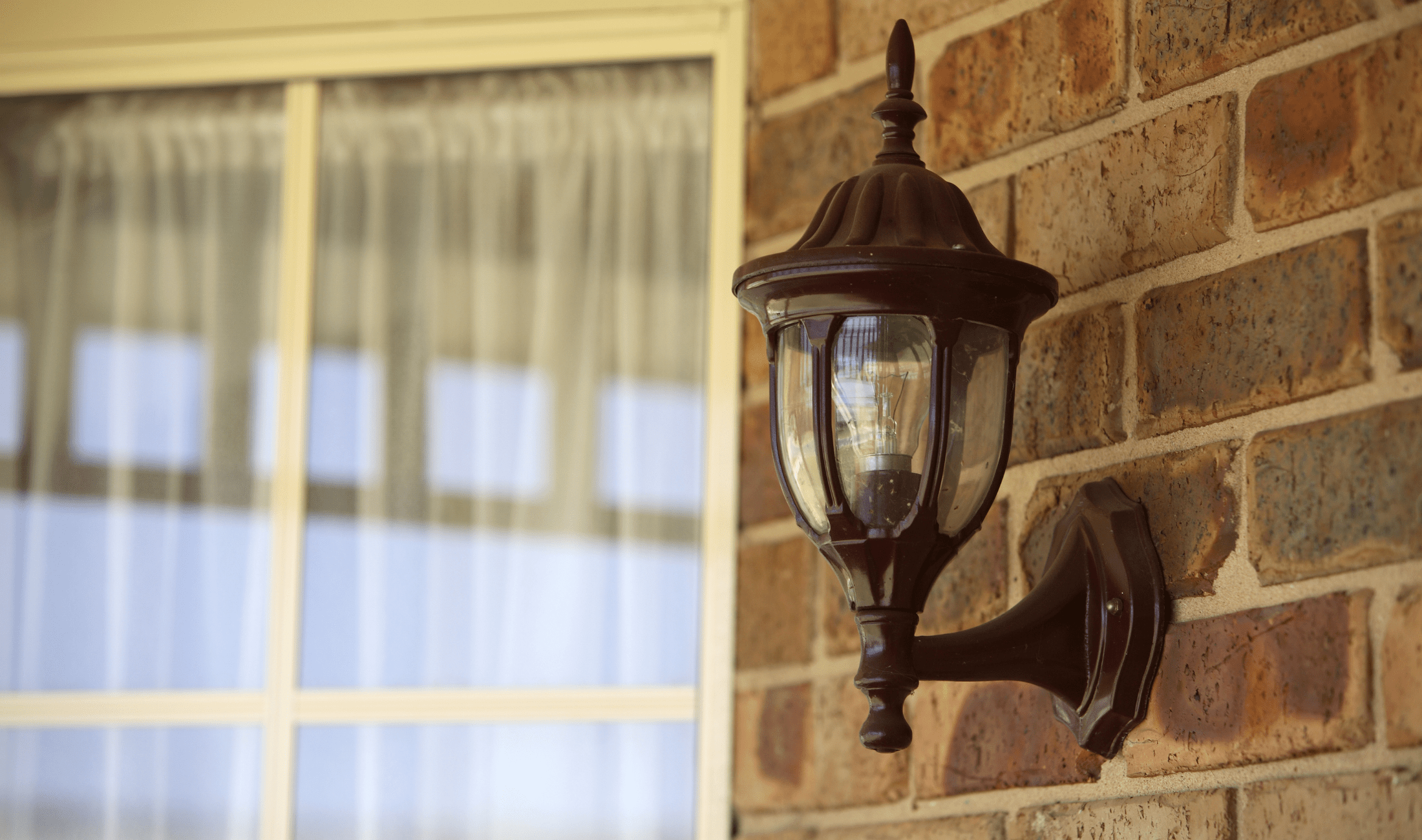
Related Articles
- Say Goodbye To Bugs With These Powerful Pest-Repelling Scents
- Why You Should Never Kill This Common Household Bug
- Effective DIY Mosquito Repellent Solutions for a Pest-Free Yard
A lot of preventative measures for pest control center around the way your space is used, and occasionally unused. A few minutes spent checking or moving something can spare you a major headache down the road. Do a little at a time, keep your eyes open, and you’ll stay ahead of pest problems without ever falling behind.

